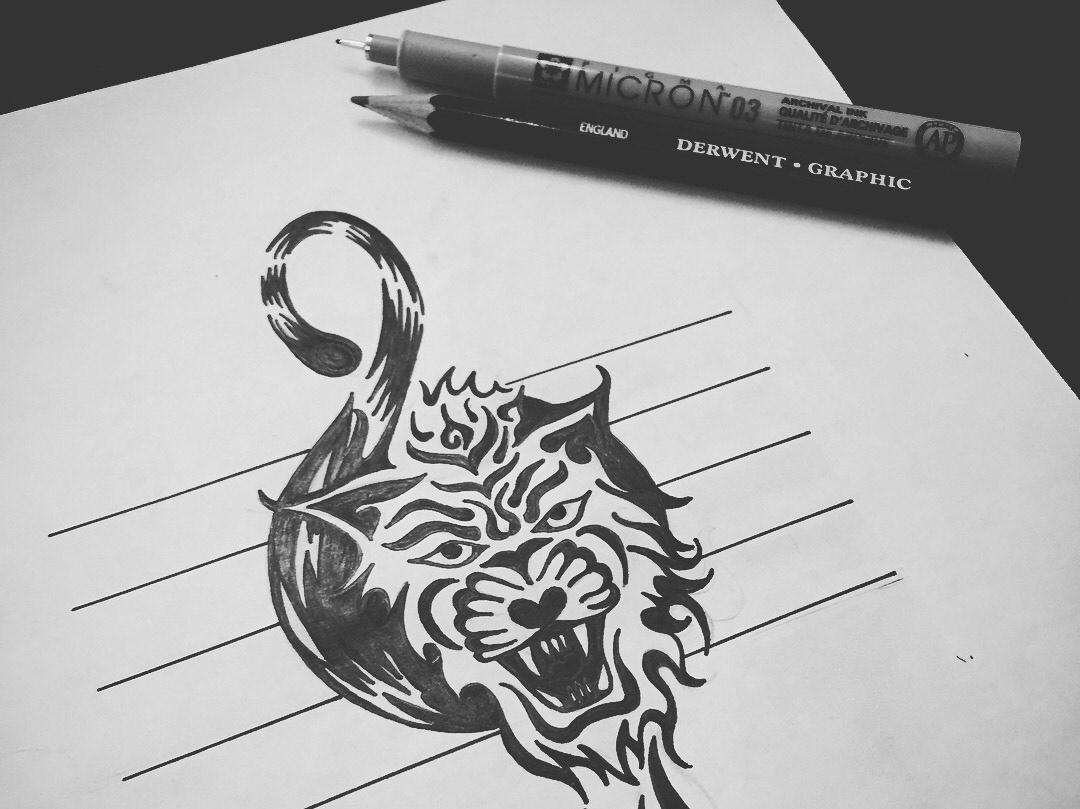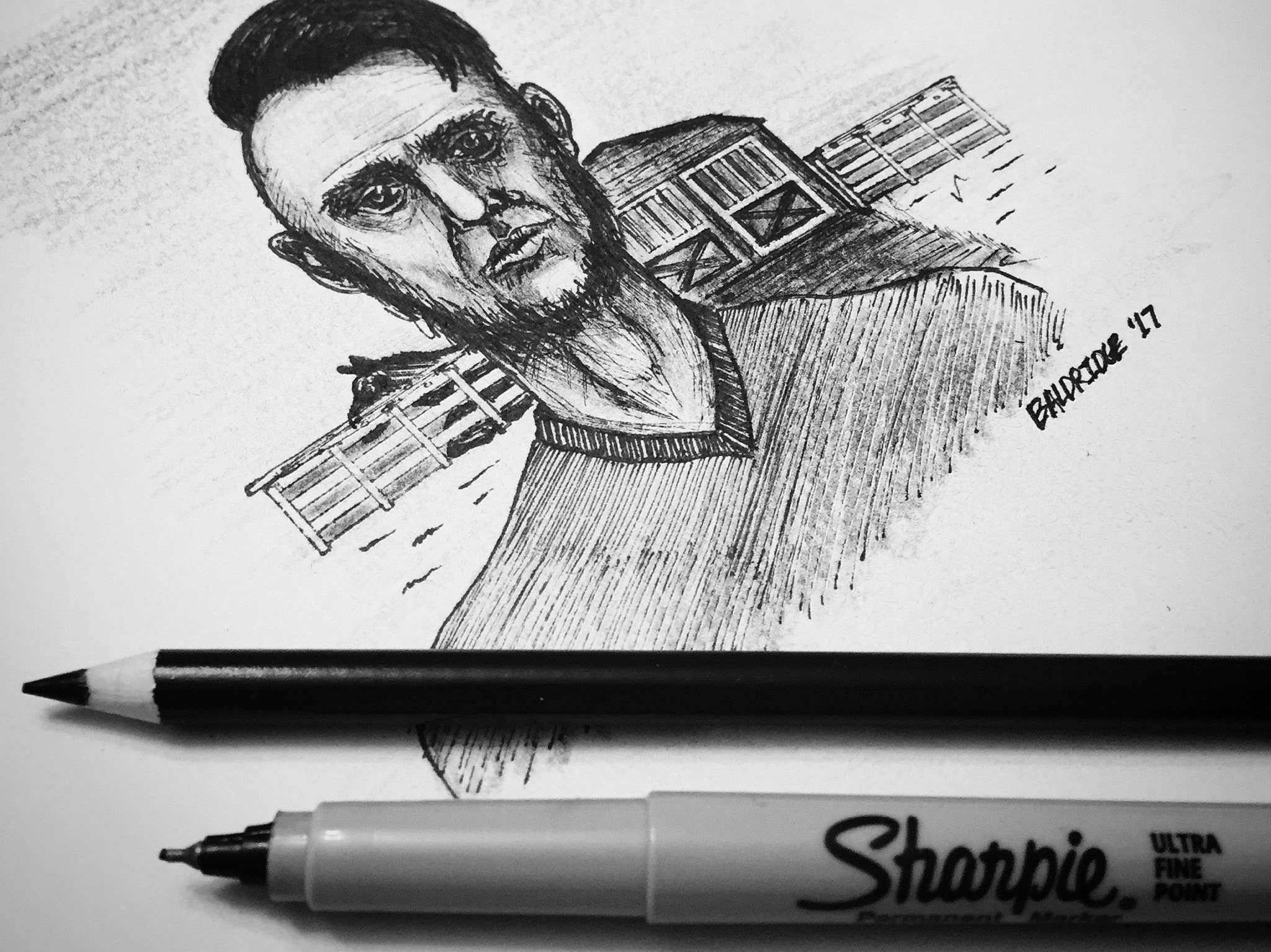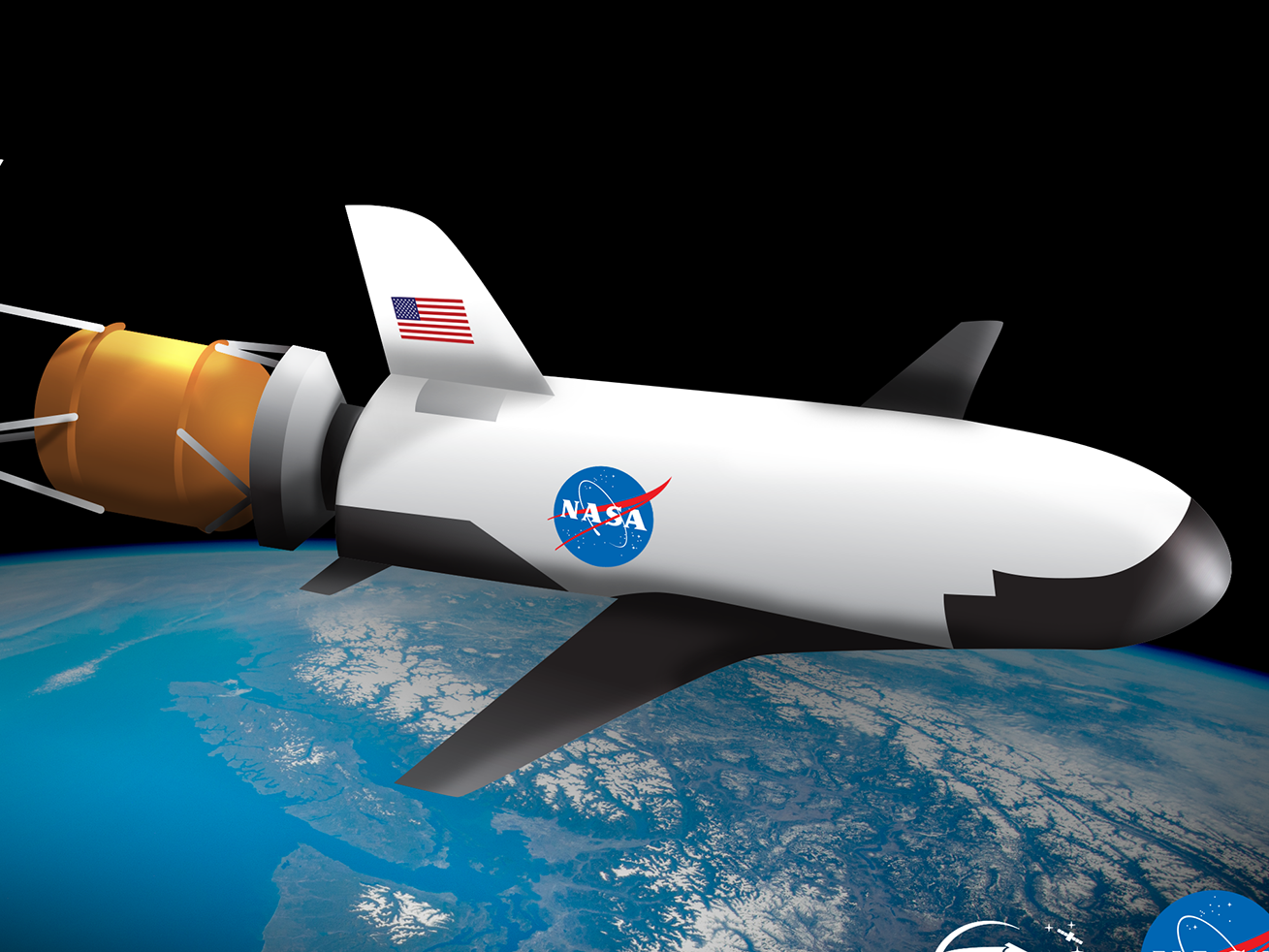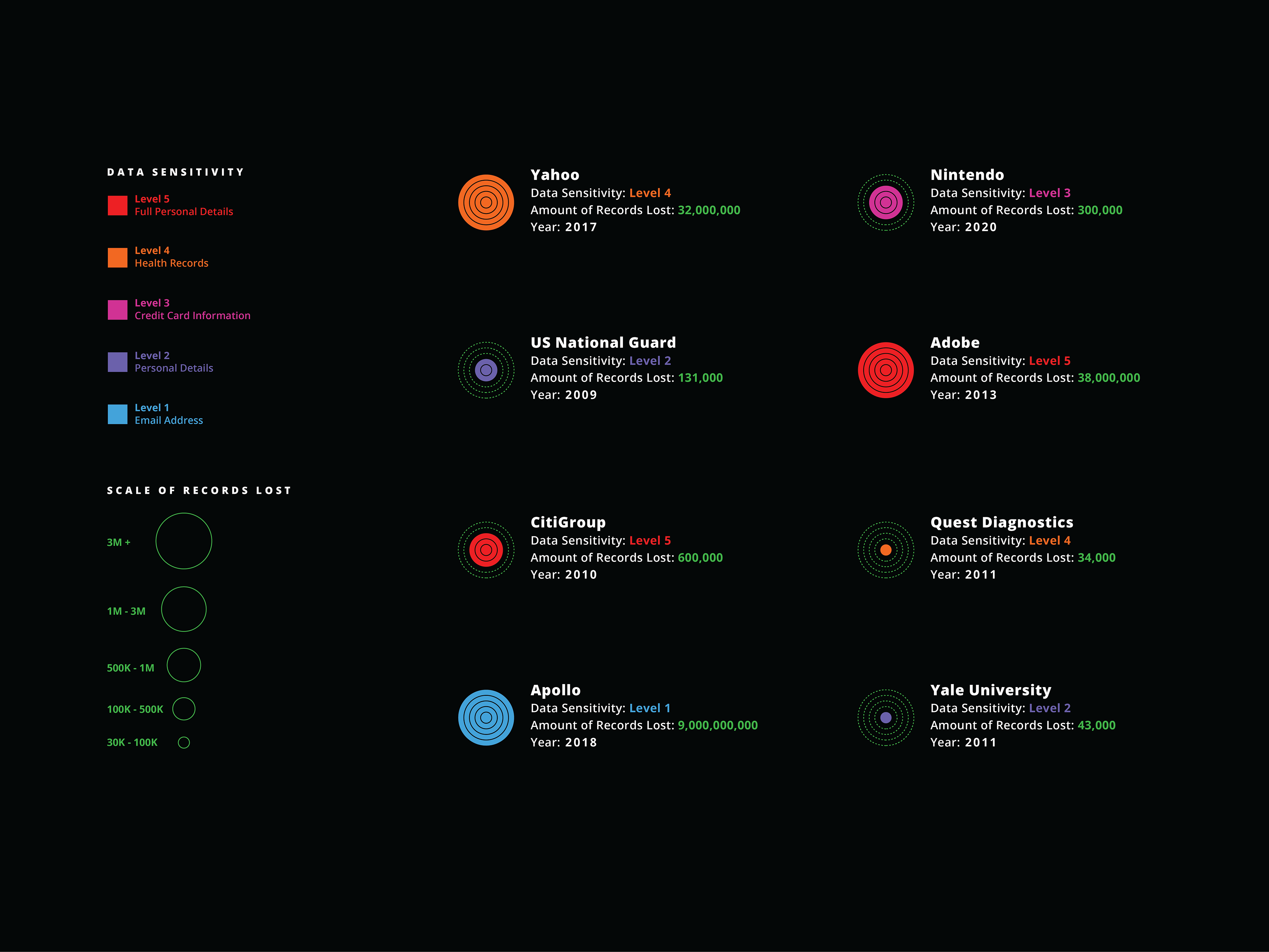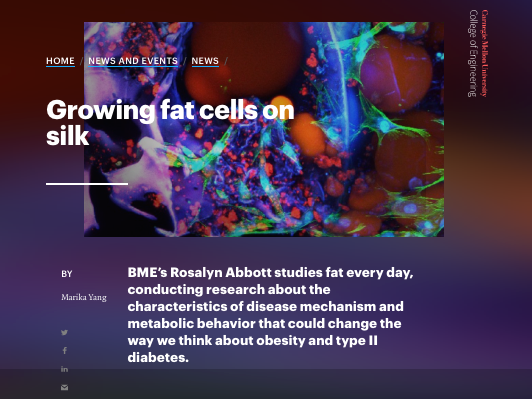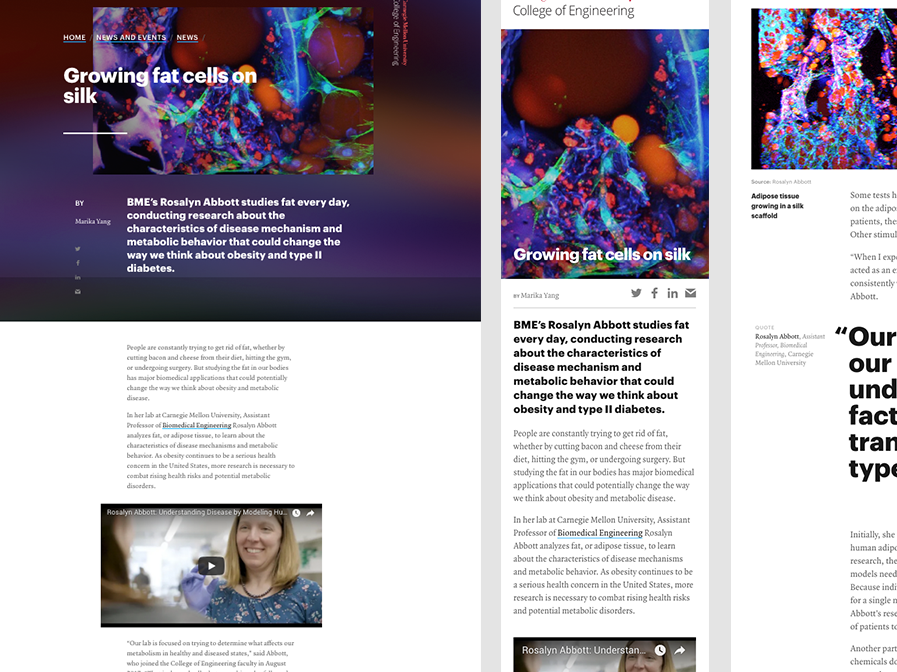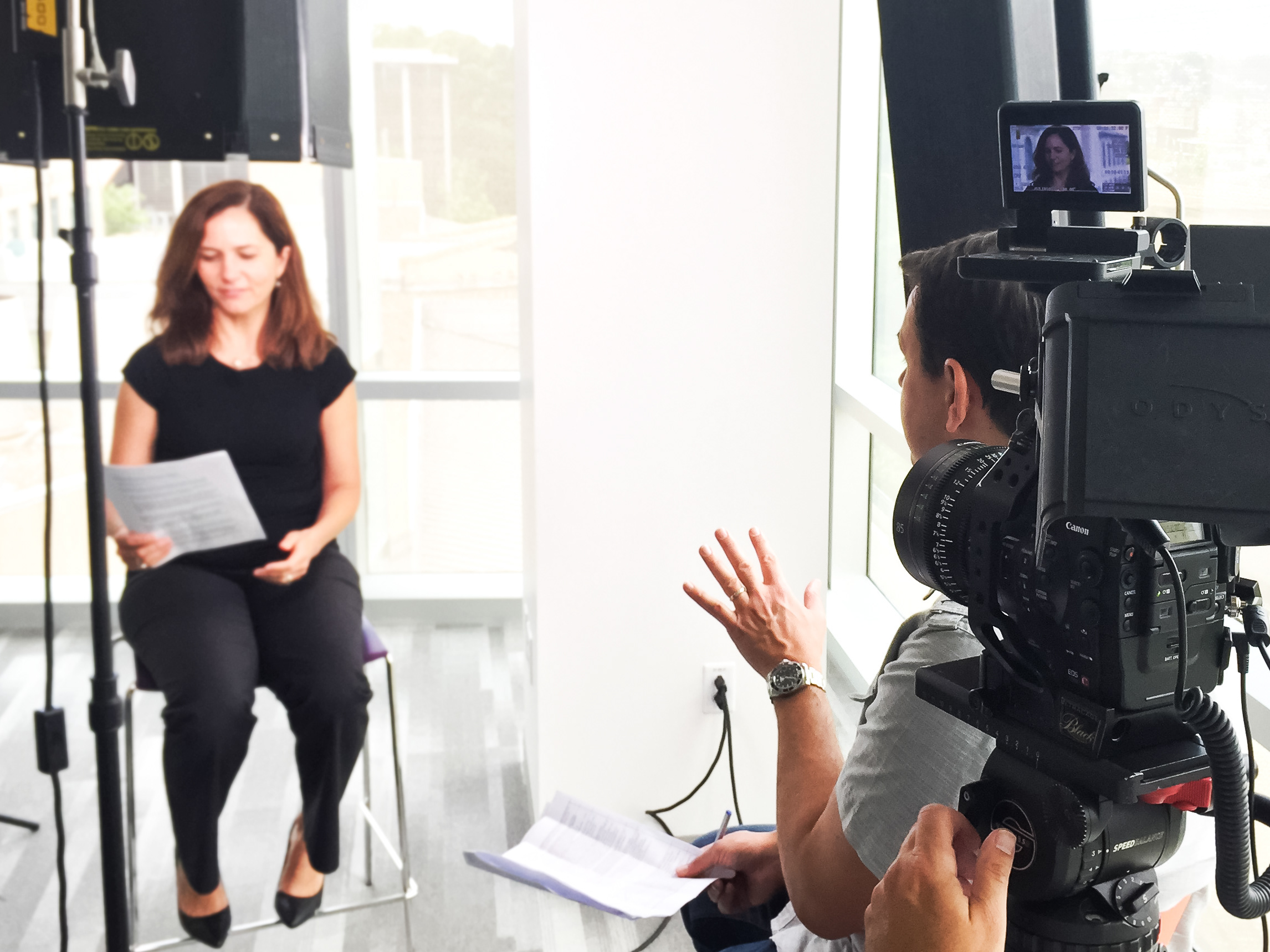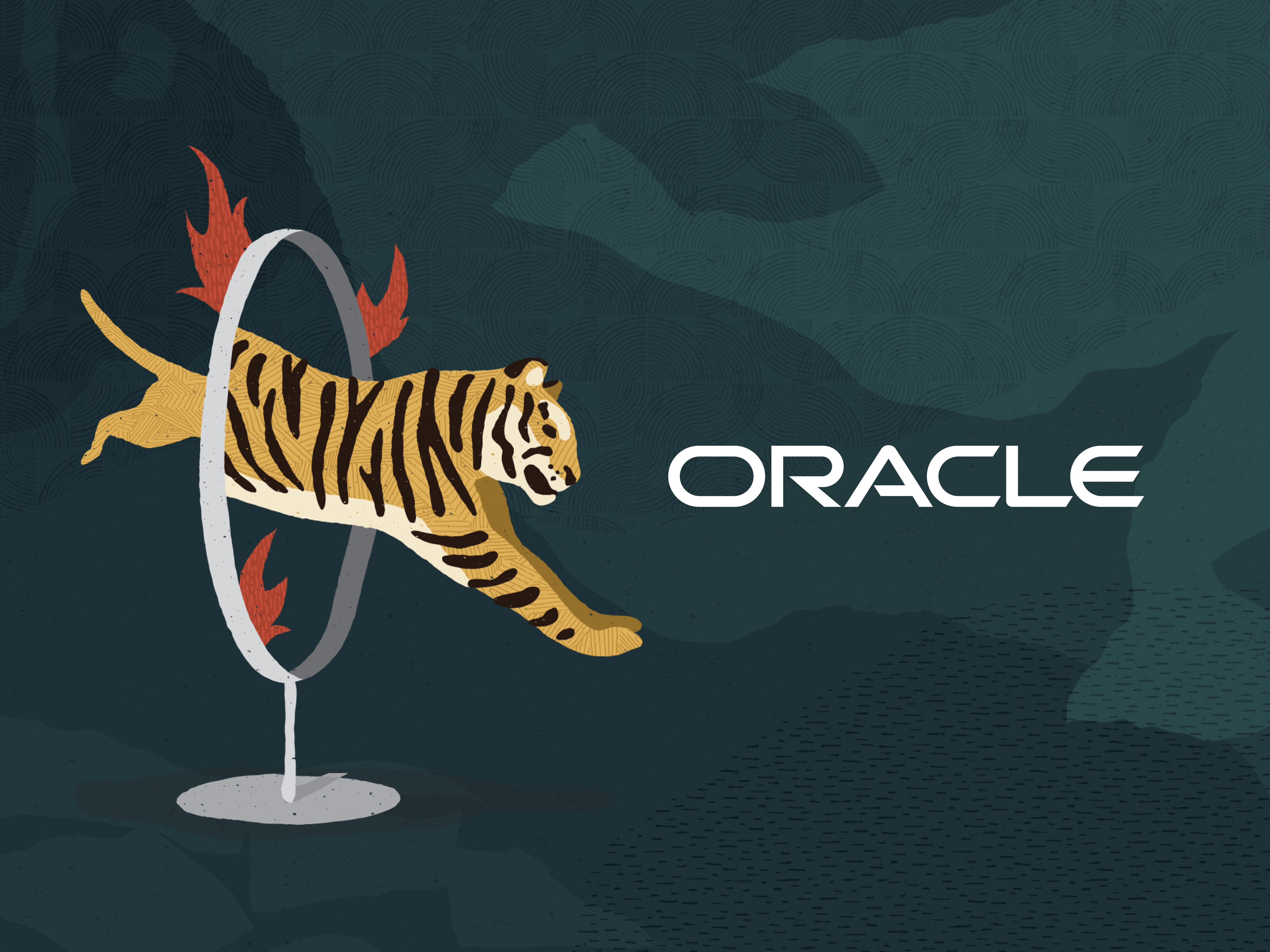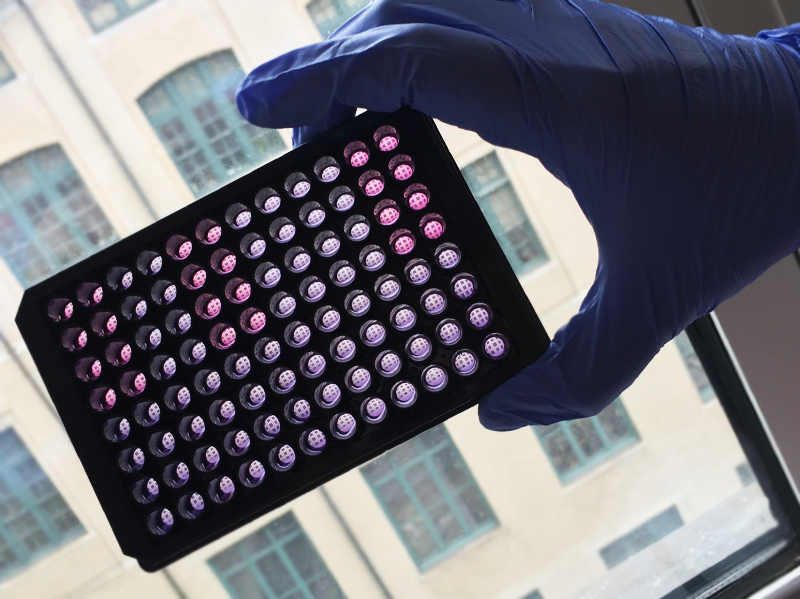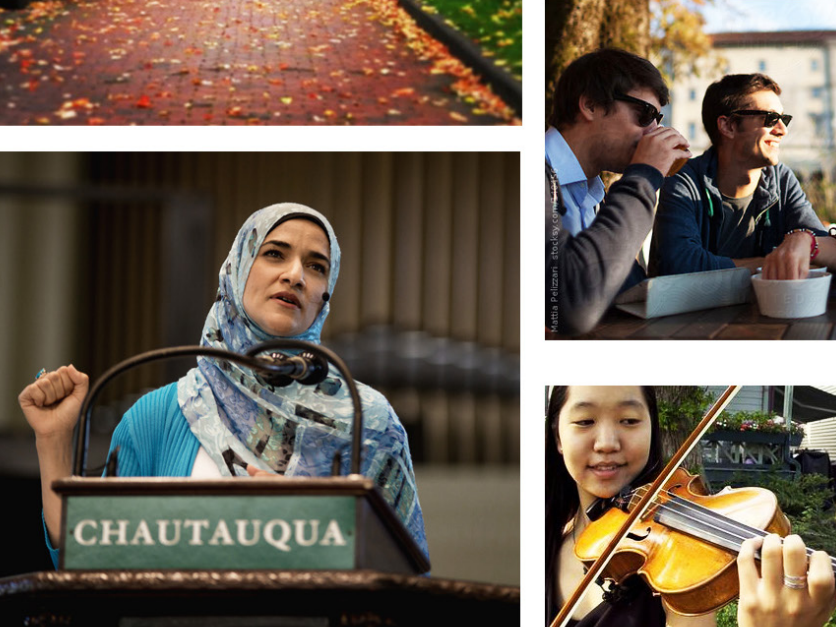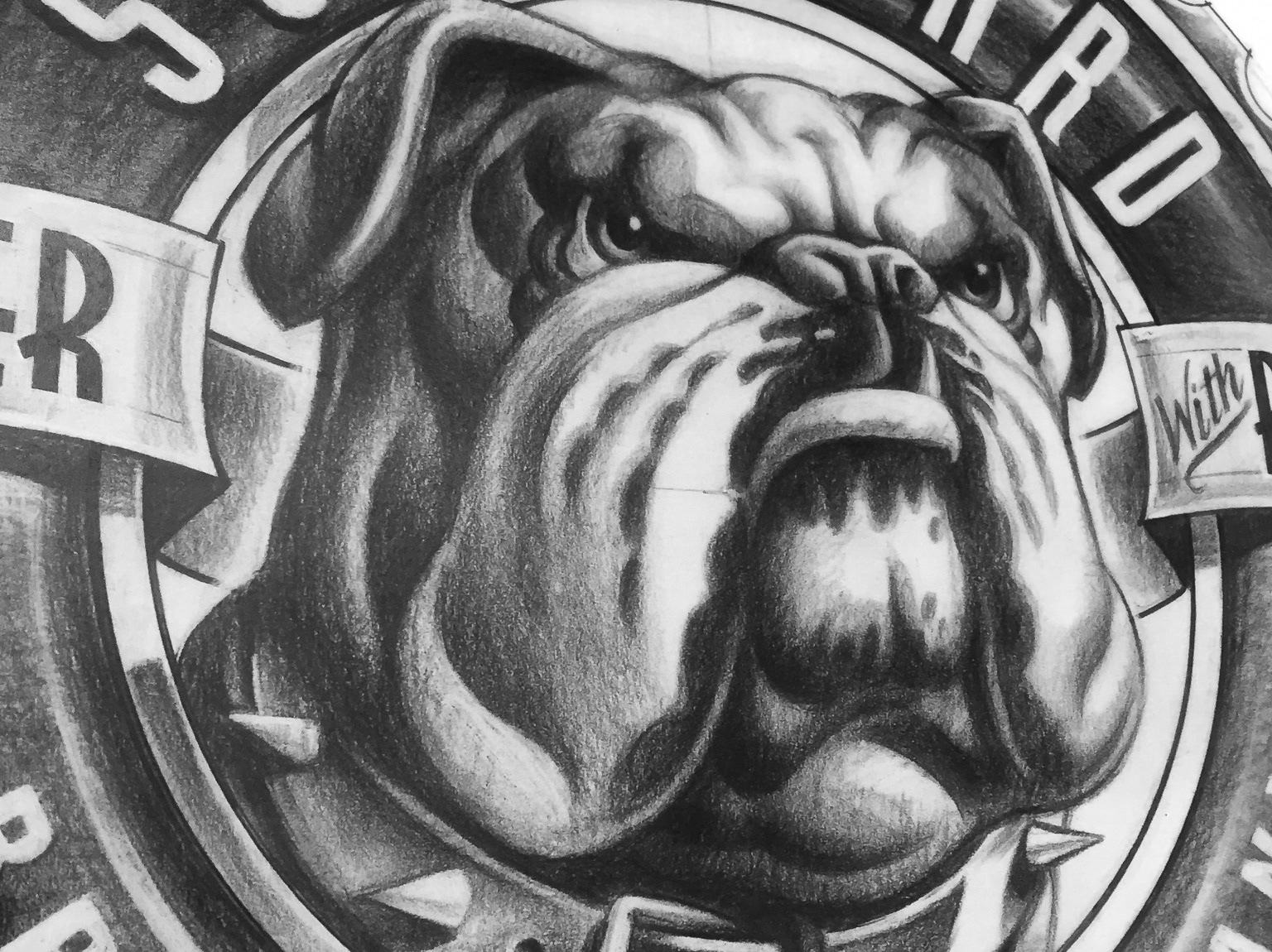Challenge: Create a marketing booklet to be given out at industry tradeshows. The goals was to create something that potential customers would actually want to read and keep. We also knew that the majority of people attending the tradeshows were not the key decision makers and our information would need to survive the trip back to the corporate office.
Solution: I created an easy to read booklet with a protective sleeve. This allowed for an innovative branding opportunity where we placed a die-cut of the companies logo on the booklet, that revealed a preview of the photos and forced people to pull the booklet out to view. The booklet contained bright, colorful, and engage photography with light descriptions that would act as an executive summary.
Result: 60% increase in sales leads (measured via booklet tracking link).
Challenge: Create a brand identity for an international destination marketing event to commemorate its ten year anniversary.
Solution: Inspired by the word ‘summit’ and the idea of reaching a milestone, I created the graphic of a flag marking a pinnacle point of an accession. The icon was placed on awards, buttons, t-shirts, and the event website to mark the special occasion.
Result: 30% increase in client attendance.
This poster was designed in Arthi Krishnaswami's Design for Social Innovation course at Carnegie Mellon. The assignment was to articulate our own design philosophy using the The First Things First manifesto of 1963 (and 2000) as inspiration.
NASA took one small step for their brand and introduced the NASA in Silicon Valley (NISV) podcast. This podcast was created to boost NASA’s overall public image and engage their target audience like never before. Multiple times a week the host, Matthew Buffington, hosts a panel of guests with a wide variety of backgrounds including researchers, scientists, and engineers working on the latest and greatest technology.
As part of an MBA course at Pitt, I analyzed the consumer journey surrounding the NASA in Silicon Valley Podcast, analyzing key touch points in each phase of the consumer journey, and offered strategic recommendations around how to improve this journey.
This ad mockup was part of the integrated marketing communications plan developed to promote the NASA Silicon Valley podcast help them find a new audience.
I decided to create an ad campaign targeting the growth mind set physiographic. The goal was to stand out from other ads using incongruent stimulus, attractive visuals, and humor. I also decided to use peripheral route advertising, since NASA is not trying to convince people who don't like NASA, space, or podcasts to give them a chance.
This is a simplified version of the user flow from the marketing plan. The idea is to use digital marketing campaigns to supplement NASA's other interventions to ensure access to largest audience for the NASA Silicon Valley Podcast. The idea was to use paid social ads on strategic partner websites (TechCrunch, FastCompany, etc) to draw NASA's audience in and convert them by using an advertisement that requires central processing. Next, we developed a portal that uses gasification principles to keep users engaged with the podcast content. Users can earn badges and perks for binge-listening, sharing podcasts, or exploring to topics. The application is using participatory design, which is an approach to design attempting to actively involve all stakeholders.
This magazine ad was created for Luca Construction and Design and was developed to showcase their work and drive traffic to the new website I created for them as part of a strategic marketing plan.
"In mild traumatic brain injury (TBI), the damage is often only at the cellular level. Carnegie Mellon’s Kenji Shimada, the University of Pittsburgh’s Walter Schneider, and the Pittsburgh Supercomputing Center’s Anirban Jana are creating biomechanics simulations of the brain undergoing trauma to predict which neural pathways are likely to be damaged. The simulations will provide information crucial to developing improved diagnostics and early interventions for mild TBI." #BrainInjuryAwarenessMonth
"Alumnus Thomas Healy founded HeadSmart Labs to develop innovative testing devices, products and procedures that will aid in reducing the 3.8 million sports-related concussions that are sustained each year in the U.S.
The company focuses on helmet fit, helmet wear, and player analysis, areas where Healy—a former varsity football player—observed the need for improvement." #BrainInjuryAwarenessMonth
"Research on neuronal behavior has focused on how neurons respond to chemical or electrical stimuli. But mechanical forces also influence how neurons behave, as seen with post-traumatic stress disorder and concussion. Professors Philip LeDuc (mechanical engineering) and Manoj Puthenveedu (biological sciences) are developing “Nerve Integrated Tissue on a Chip” to directly image—under precisely controlled conditions—how mechanical forces influence the behavior of neurons and their responses to neurotransmitters and drugs." #BrainInjuryAwarenessMonth
This project was part of my MBA marketing course at Pitt. The company already had established connections with the fragile market segment but wanted to grow into the family market. Because the company had already started the marketing process in this segment, my marketing plan focused on the transition from the fragile market segment to the family market segment but developing a new brand identity and marketing communications plan.
The first major step in moving Leo from the fragile market segment to the family market segment was to spread the message of what Leo is, exactly. Leo is not simply the device, Leo is the peace of mind that comes from knowing where your family is and knowing that they are safe. I felt that the parent company was best suited to not make the device itself the focal point of their advertising but develop an more approachable persona. Because the device itself does not have an interface and the wireless charging will allow for the user to mostly forget about it, the company must focus on the service that they are providing to the consumer.
I specifically chose a golden retriever to help personify the—positive but often hard to conceptualize—benefits of Leo. Leo (the dog) is a trusted representation of the brand attributes that the company wants consumers to associate with Leo the product. I felt that by portraying Leo as a trusted companion rather than the invisible technology the company would be able to better communicate the benefits of the product to consumers.
